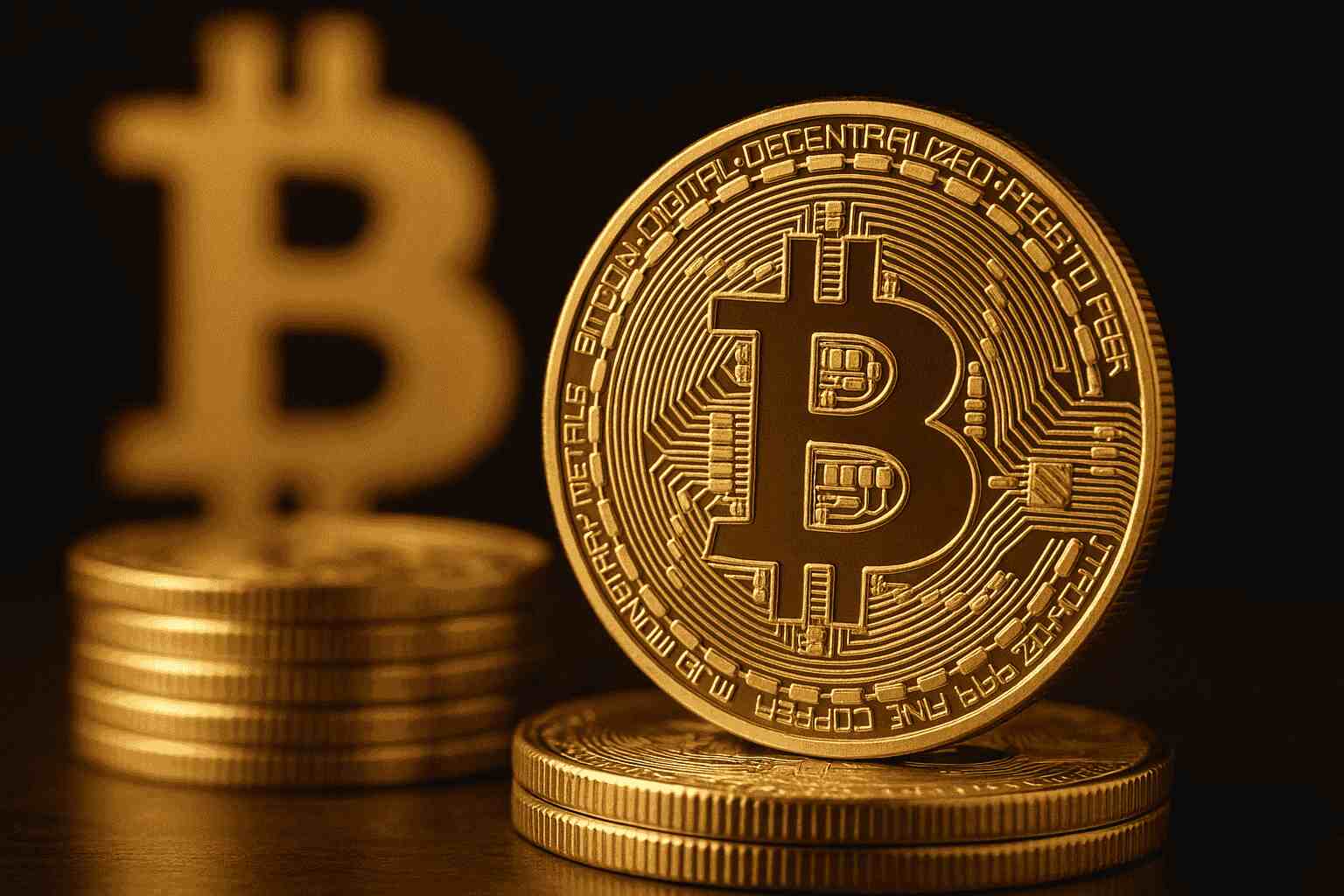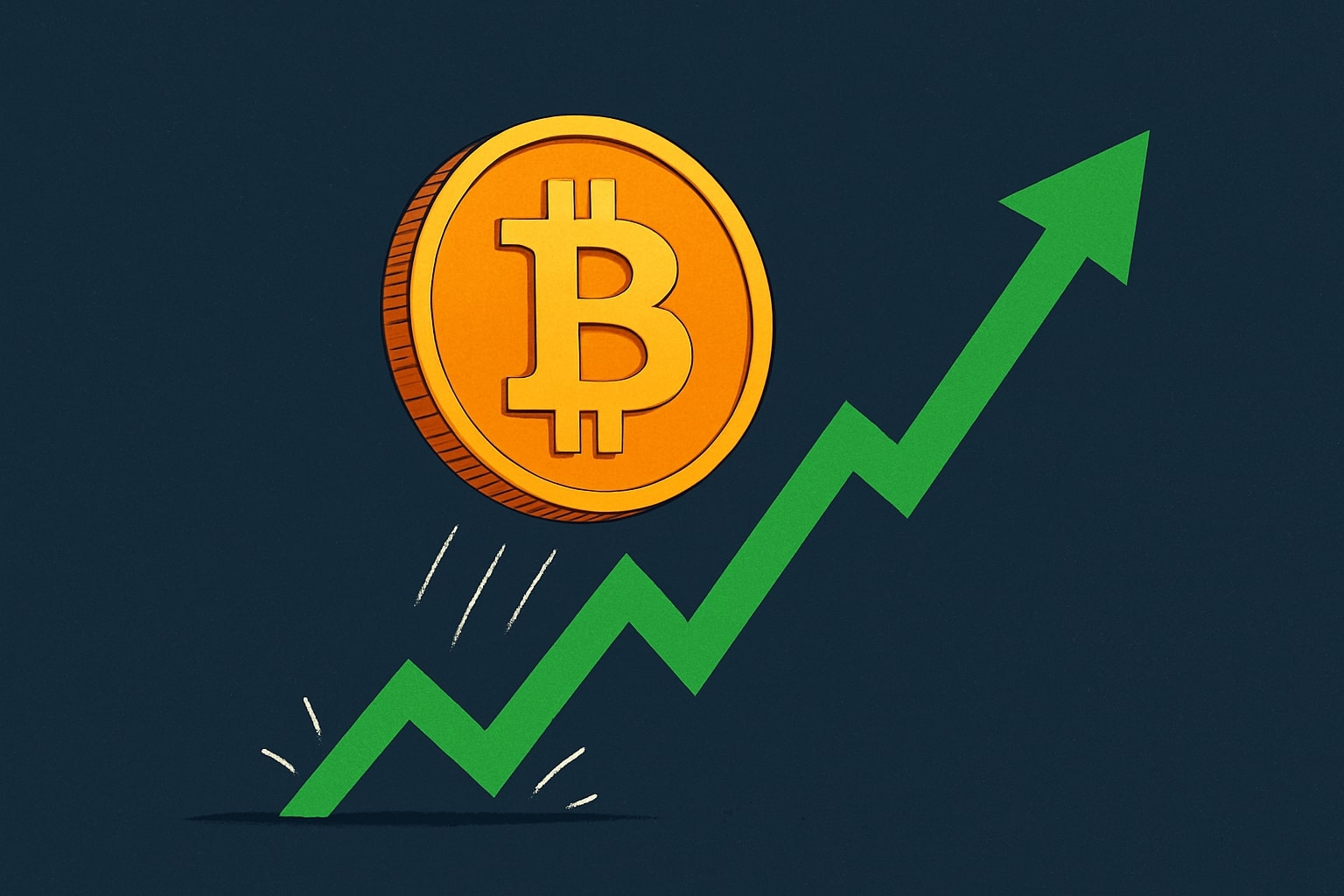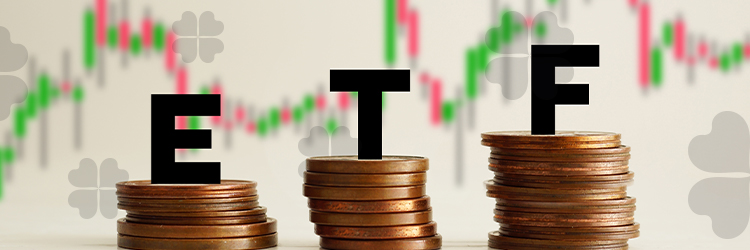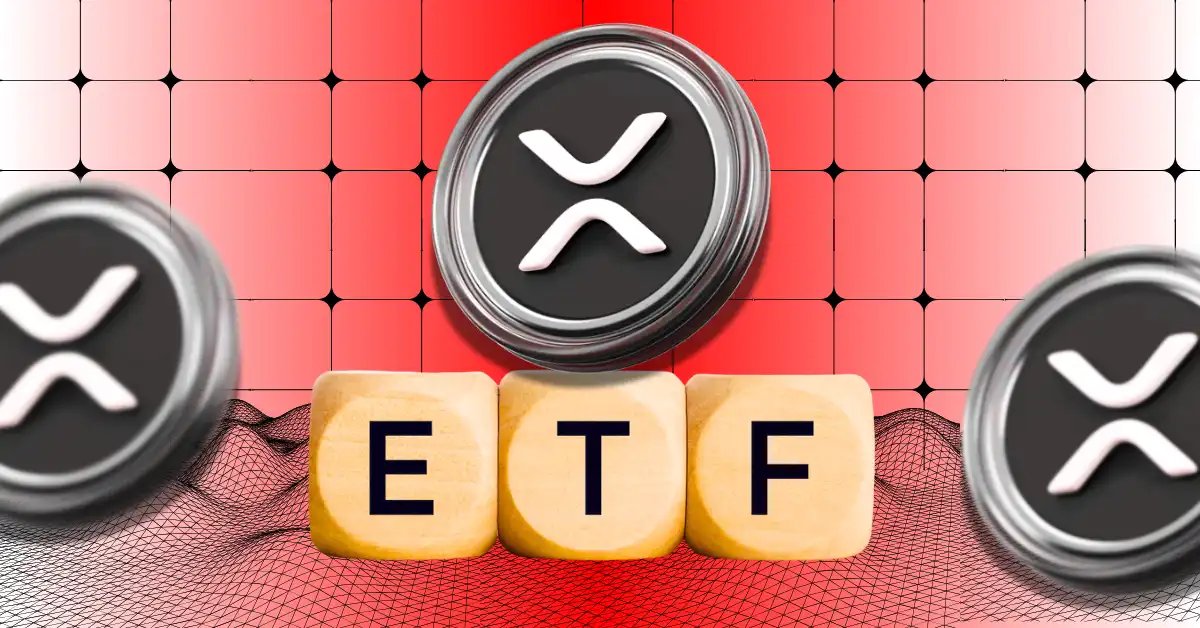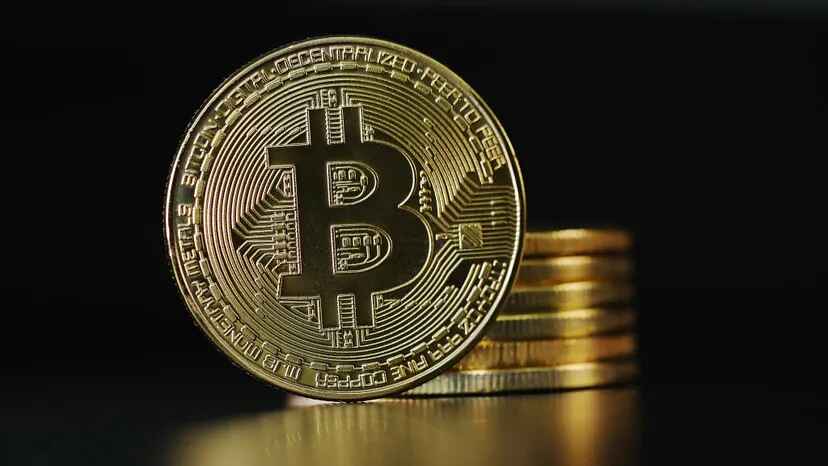A growing number of market observers are arguing that while Bitcoin may appear risky today, the greater risk could lie in not owning any at all in the future. A pseudonymous Reddit user recently shared this bold assertion in the Bitcoin Forum.
“If Bitcoin is risky now, I’d hate to imagine in 10 years time, how risky it would be to not own BTC,” the user remarked.
The reasoning behind this bold statement centers on Bitcoin’s fixed supply and the ongoing trend of governments expanding their money supply to fund rising deficits.
Impact of Bitcoin Mining on BTC Price
Bitcoin is entering a major phase in its halving cycle, with big implications for its future value. As the cryptocurrency approaches the next halving event in 2028, the supply of new Bitcoin entering the market will decrease. The continued reduction in Bitcoin’s block rewards, coupled with broader economic trends, could contribute to the asset’s growth in the coming decade, positioning it as a possible store of value amid growing global inflation.
Notably, Bitcoin’s halving events, which occur approximately every four years, play a central role in the cryptocurrency’s long-term market dynamics. The next halving, set for 2028, will reduce the number of new Bitcoins mined per day. Following the subsequent halving in 2032, the daily supply of new Bitcoin will continue to decrease, further mitigating the availability of new coins.
Currently, Bitcoin miners earn 3.125 BTC per block, but this reward is set to be halved to 1.5625 BTC by 2028, roughly three years from now. The reward will decrease further to 0.78125 BTC by 2032.
By 2034, the total amount of new Bitcoin entering circulation each day through mining rewards is projected to fall to around 900 BTC, further tightening supply. This reduced supply is expected to create upward pressure on Bitcoin’s price, as fewer new coins enter the market.
Economic Factors Driving Bitcoin’s Appeal
As global government deficits rise, particularly due to aging populations and declining birth rates, concerns about inflation are expected to intensify. Governments may resort to printing more money to cover these deficits, which could lead to further devaluation of fiat currencies.
In this environment, Bitcoin’s fixed supply of 21 million coins and decentralized nature position it as a possible hedge against inflation. With traditional fiat currencies at risk of debasement, Bitcoin could gain more traction as an alternative store of value, especially as its supply shrinks in future halving events.
Bitcoin’s Price and M2 Liquidity: A Correlation
Recent analysis comparing Bitcoin’s price movements with global M2 liquidity offers valuable insights into the cryptocurrency’s price trajectory. Between 2023 and mid-2025, Bitcoin’s price, represented by the blue line, shows considerable volatility, particularly in 2024.
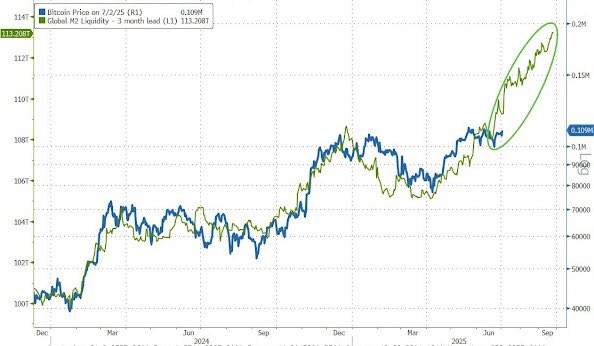
Starting in mid-2025, Bitcoin’s price experiences an upward trend, while M2 liquidity, represented by the yellow line, follows a steadier upward slope. Notably, between June and September 2025, Bitcoin’s price surged, with M2 liquidity rising at a slower pace. This variation suggests that while a relationship exists between M2 liquidity and Bitcoin’s price, other factors, such as institutional interest or shifts in market sentiment, may be driving the sudden rise in Bitcoin’s value.
Bitcoin’s Long-Term Outlook and Potential Growth
The combination of Bitcoin’s halving cycle and broader economic pressures implies that the premier crypto could experience large growth in the coming decade. While predicting Bitcoin’s exact price in 2034 remains speculative, the decreasing supply and increasing inflationary pressures position Bitcoin to continue its upward trajectory.
As Bitcoin’s role as a hedge against inflation solidifies, its value is likely to continue climbing, making it a key asset in the global financial landscape by the end of the decade.
